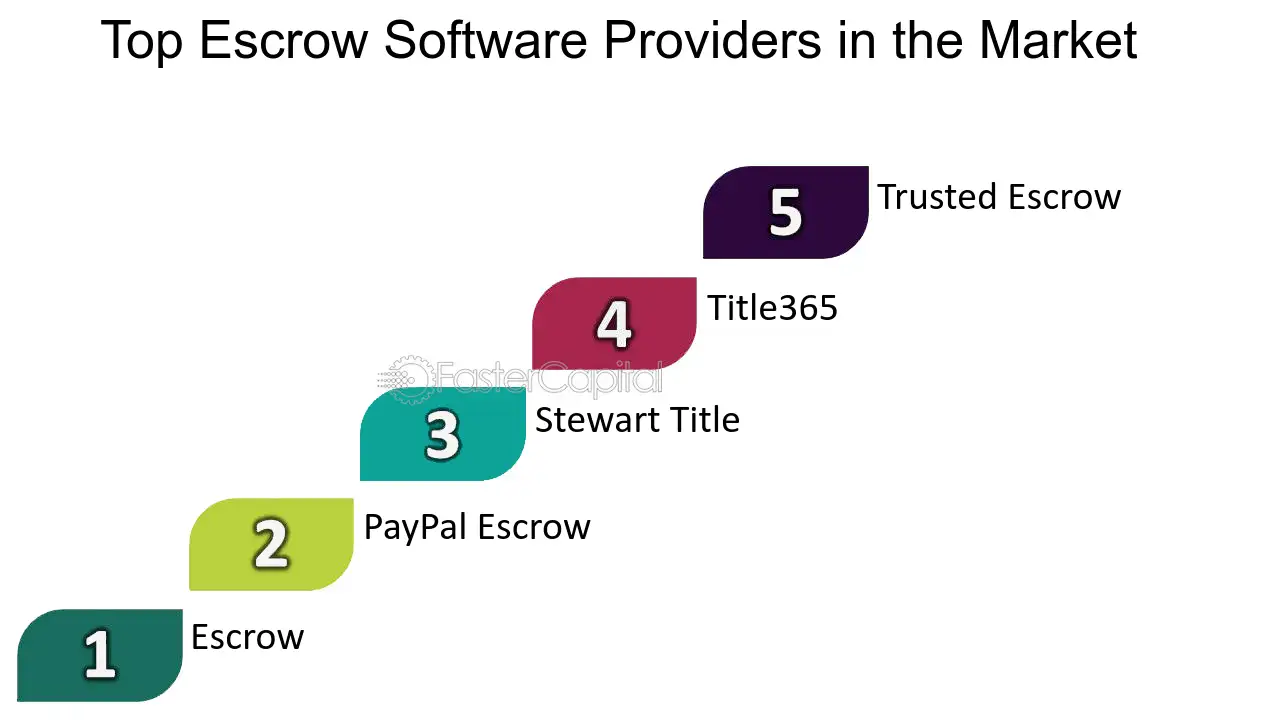
Sandblasting is a game-changing technique in surface preparation, widely used in industries like automotive repair and construction. This blog delves into its evolution, advantages, applications, and future potential, showcasing why it remains a top choice for achieving flawless finishes. Perfect for anyone looking to understand or deepen their knowledge of this innovative technology.
Understanding Sandblasting: Process and Applications
At its core, sandblasting (also referred to as abrasive blasting) involves propelling fine particles at high speed to clean, shape, or smooth a surface. Depending on the abrasive material used—such as sand, glass beads, or aluminum oxide—it can achieve different effects, from removing rust and paint to preparing surfaces for new coatings.
Common Applications Include:
- Industrial Cleaning: Removing grime, oil, or buildup from machinery.
- Surface Finishing: Preparing metal, wood, or concrete for coatings like paint or sealant.
- Automotive Restoration: Stripping and smoothing car parts for repainting.
- Construction: Cleaning and texturizing surfaces like bricks and concrete.
- Art and Etching: Creating intricate designs on glass and other materials.
The versatility of sandblasting makes it indispensable in both heavy-duty industries and creative arts.
Advantages of Sandblasting Over Traditional Methods
Sandblasting stands apart from traditional surface preparation methods, such as sanding or chemical cleaning, due to its unparalleled efficiency and effectiveness.
Key Advantages Include:
- Time Efficiency: Sandblasting can be accomplished in minutes while manual methods take hours to achieve.
- Versatility: It works on various surfaces, including metal, concrete, wood, and glass.
- Thorough Cleaning: Unlike traditional methods, it reaches nooks and crevices, ensuring a completely clean surface.
- Customizable Abrasives: The ability to select different abrasive materials allows for specific finishes, from smooth to textured.
- Eco-Friendly Options: Some modern abrasives, such as soda or dry ice, eliminate the need for harsh chemicals.
By offering faster and more consistent results, sandblasting is often hailed as the gold standard for surface preparation.
Key Industries Relying on Sandblasting for Superior Surface Finishing
Sandblasting’s adaptability ensures that it is invaluable across a wide range of industries. Its ability to deliver precision and efficiency has made it an essential tool for many professionals.
Industries That Rely on Sandblasting:
- Automotive:
- Removing rust, paint, or corrosion from car frames and parts.
- Prepping surfaces for high-quality recoating or welding.
- Construction:
- Cleaning surfaces like brick facades, stone, and concrete.
- Adding texture to surfaces for aesthetic or practical purposes.
- Marine:
- Stripping old paint or marine growth from ship hulls.
- Prepping surfaces for anti-corrosion coatings.
- Manufacturing and Fabrication:
- Smoothing parts during production.
- Prepping machinery and equipment for repairs or upgrades.
- Art and Design:
- Etching intricate patterns on materials like glass and marble.
From heavy-duty applications to delicate artistic work, sandblasting proves its versatility time and again.
Environmental and Safety Considerations in Sandblasting
While sandblasting is highly effective, operators must pay attention to safety and environmental practices. The process can generate dust and particles that may pose risks if not handled properly.
Safety and Environmental Best Practices:
- Use of Dustless Blasting: Reduces airborne particles, improving safety for operators and reducing environmental impact.
- Protective Gear: Operators should wear respirators, gloves, and eye protection to prevent exposure to dust and abrasives.
- Eco-Friendly Abrasives:
- Walnut shells or soda are biodegradable.
- Steel grit can be recycled multiple times.
- Adherence to Regulations:
- OSHA and EPA provide guidelines for safe sandblasting practices.
By implementing these measures, sandblasting can remain both effective and responsible.
How to Choose the Right Sandblasting Method for Your Project
Selecting the appropriate sandblasting technique and materials depends on the project’s goals, the surface material, and the desired finish.
Questions to Consider:
- What Surface Are You Working On?
- For metal, consider steel grit or aluminum oxide for aggressive cleaning.
- For softer materials like wood, choose abrasives like walnut shells or soda.
- What Finish Do You Want?
- For smooth finishes, glass beads are ideal.
- For etching or texturing, silica sand or garnet may be more appropriate.
- What Are the Environmental Constraints?
- Use dustless systems or eco-friendly abrasives to minimize environmental impact.
- Project Size and Complexity:
- For smaller tasks, portable machines may work.
- For large-scale jobs, automated or industrial systems are essential.
By addressing these factors, you can achieve optimal results while maximizing efficiency.
Advancing Surface Preparation Technologies Through Sandblasting
Sandblasting continues to lead innovation in surface preparation, with advancements in technology and techniques making it safer, more efficient, and more sustainable. From the integration of AI in automated systems to the development of reusable, eco-friendly abrasives, the possibilities for enhancing sandblasting are limitless. Paired with complementary processes like powder coating, such as those in Utah, the results in durability and finish quality are unmatched.
Whether you’re a contractor, manufacturer, or hobbyist, sandblasting empowers you to achieve exceptional surface finishes with minimal effort. By choosing the right tools and practices, you can elevate your work to perfection—every time.
Conclusion
Now that you have a better understanding of sandblasting, its applications, and best practices, you can confidently consider it for your next project. Remember to prioritize safety and environmental responsibility while also choosing the right abrasive materials and techniques for optimal results.






